Hololens interactive MR castle projection
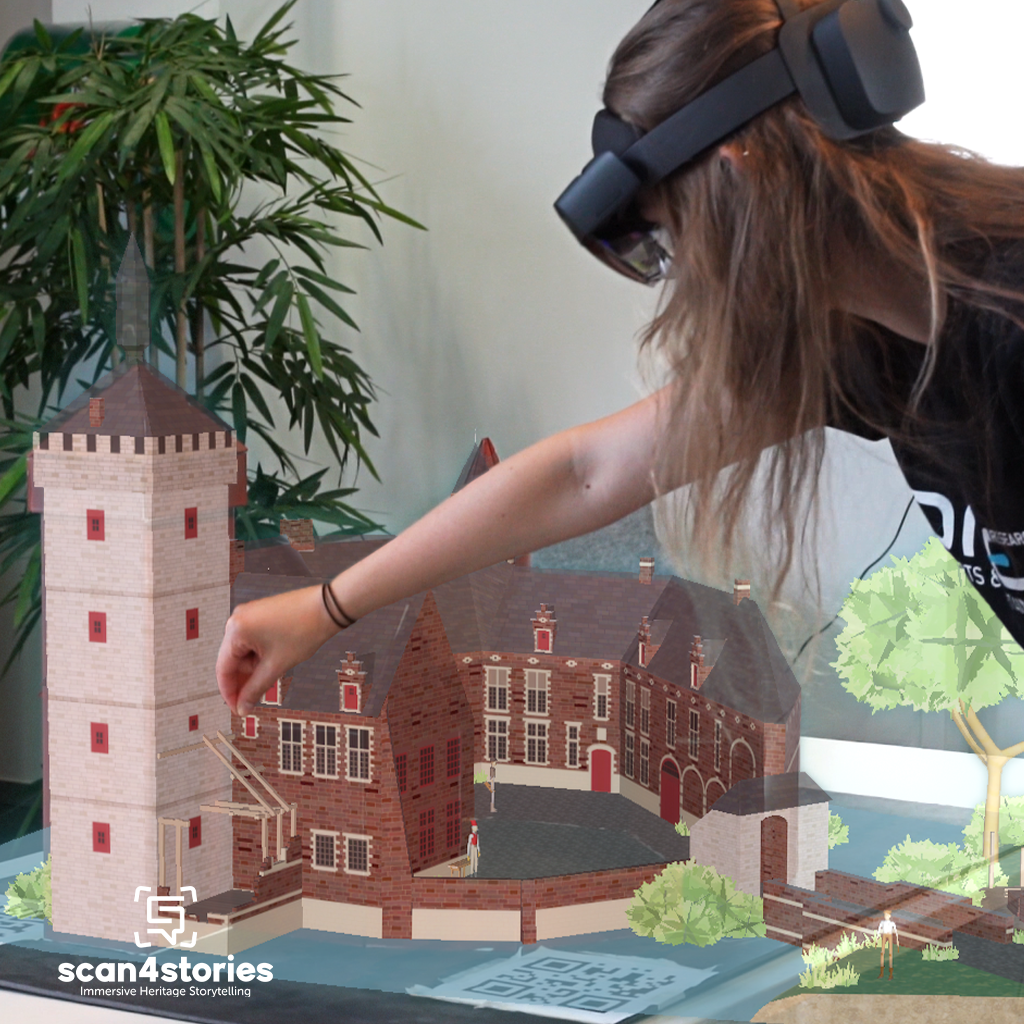
Maria-Anna van den Tempel came into possession of Horst Castle by chance. Owning the castle gave her the opportunity to fully develop her status. As Countess of Haultreppe and Essenbeek, she certainly already had some status, she also had the necessary connections within the Brussels court nobility, but because of the work she had carried out at the castle, she seized the opportunity to move up the social ladder to stand. It was Maria-Anna who had the castle adapted to the standards and comfort of the 17th century. Characteristic of Maria-Anne is the fact that she herself spent very little time effectively in the castle. Much of the work and maintenance of the castle was coordinated by her landlady, Wilhelm Piret. At the time of Maria Anna, the castle was really a small company where everyone had their own task and where everything could be immediately prepared if necessary to receive Maria-Anna and her high visit.
AR Poetry experience
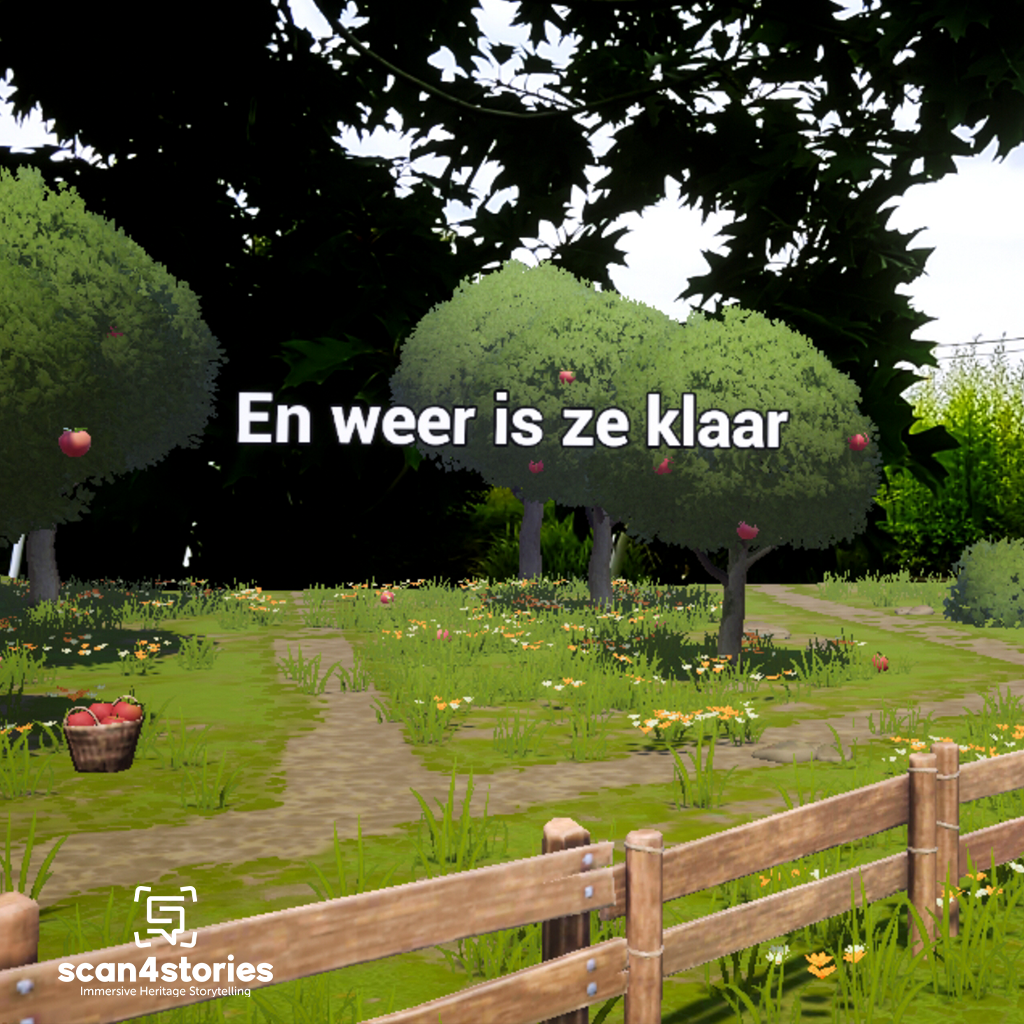
When the visitor is in the outer zone of the castle, he can look around by means of an Augmented Reality application. In the virtual world, the visitor can see how the garden staff maintain the garden. The tasks of the staff play out in an infinite loop.
Dit is een metaforische verwijzing naar het feit dat het personeel er altijd voor zorgde dat het kasteel er piekfijn uitzag en dat het werk nooit ophield, maar dat Maria-Anna, de kasteelvrouw in kwestie, slechts enkele keren op het kasteel heeft verbleven. Om de beleving kracht bij te zetten, wordt een bijpassend gedicht voorgelezen.
VR Tracked interactable objects
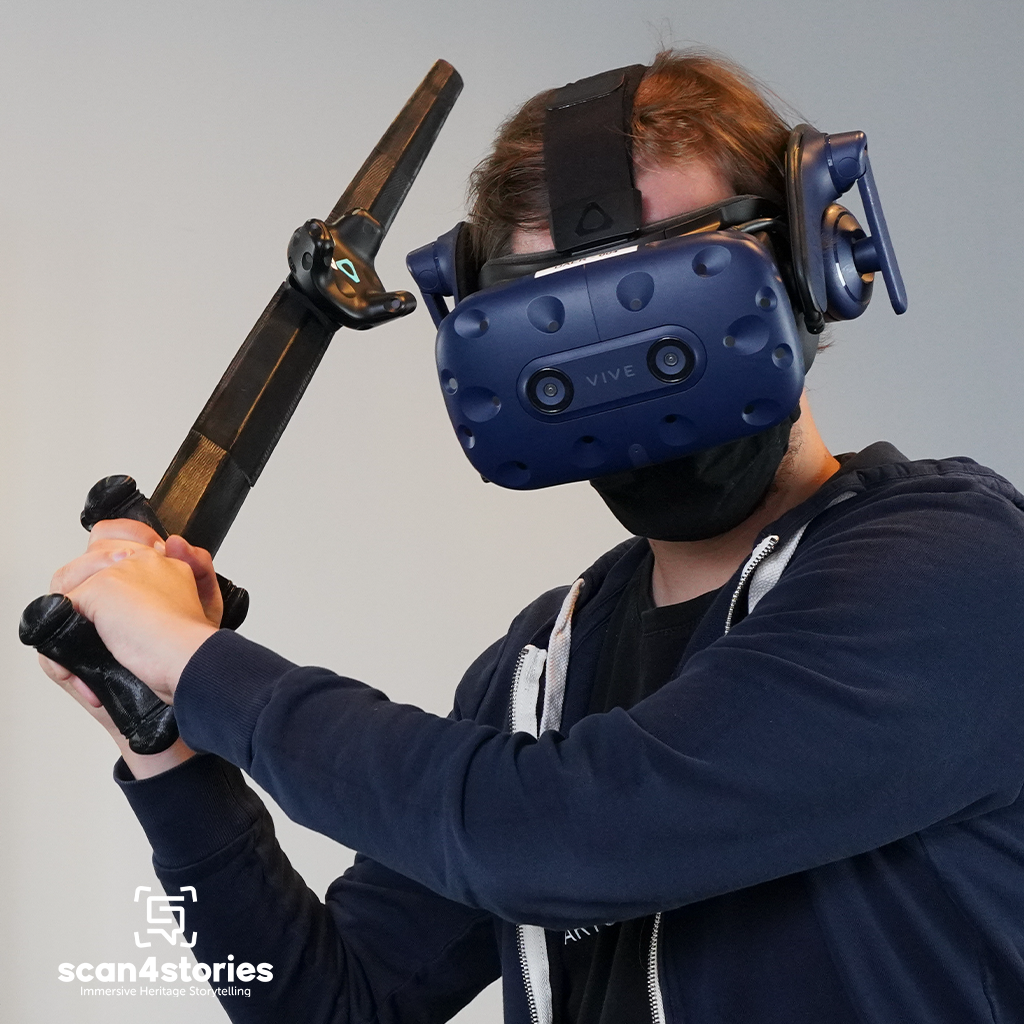
One of the questions asked during the research concerns the possibilities of Immersive Technology for bridging the gap between the physical and virtual world. Can we preserve the character of physical objects and enable interactions in the virtual world that are otherwise impossible? Very often we see beautiful museum objects in closed display cabinets, we see beautifully illustrated books under glass domes, historical weapons under lock and key and so much material that is invisible in the archives. How can we still give the visitor the chance to hold these objects, to let them use these objects or to enable interaction with the objects?
AR Book page tracking
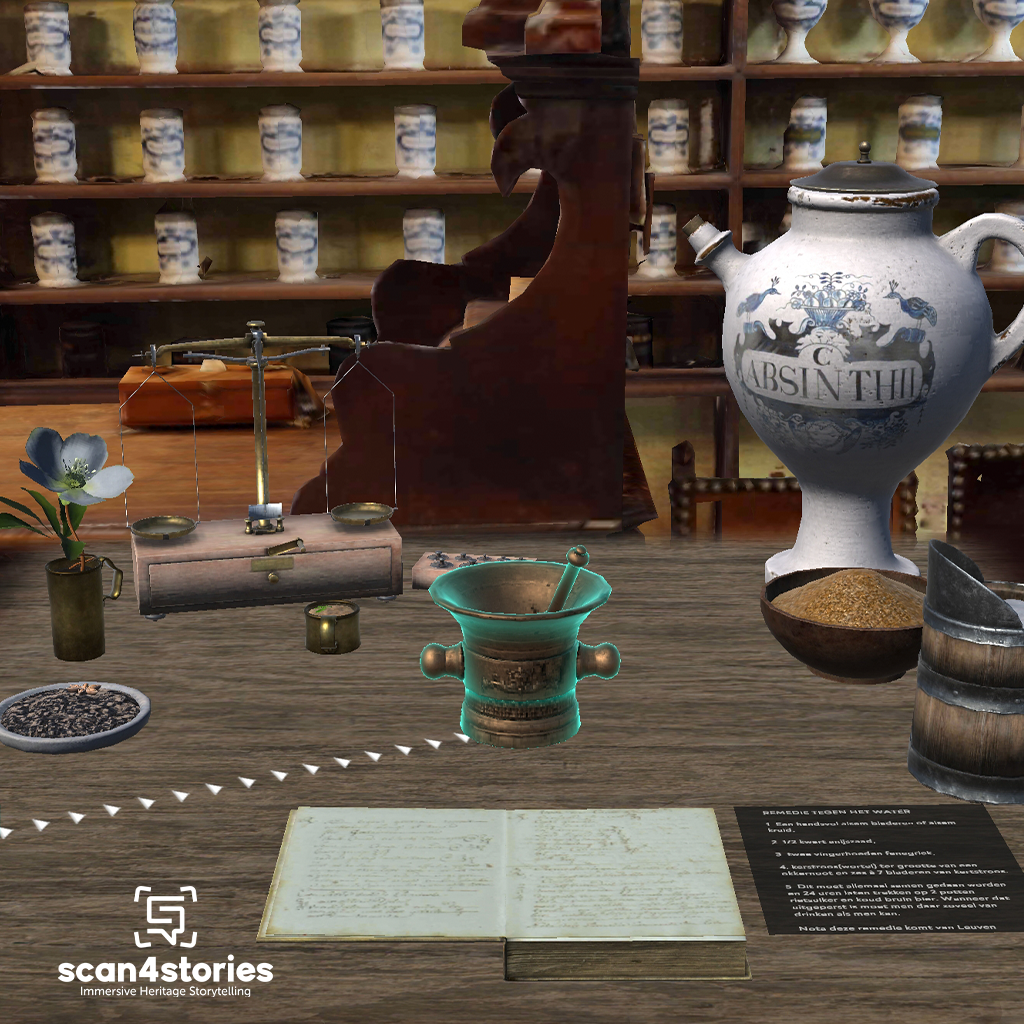
Hidden away in the Sint-Janshospitaal in Bruges is one of the oldest preserved pharmacies in Belgium. On the central counter, kept under a glass dome, is the Winckelbouck of Sister Eléonora Verbeke. It is an imaginative document that will make your hands itch to leaf through it yourself and to copy the recipes yourself.
Virtual Reality Collaborative environment
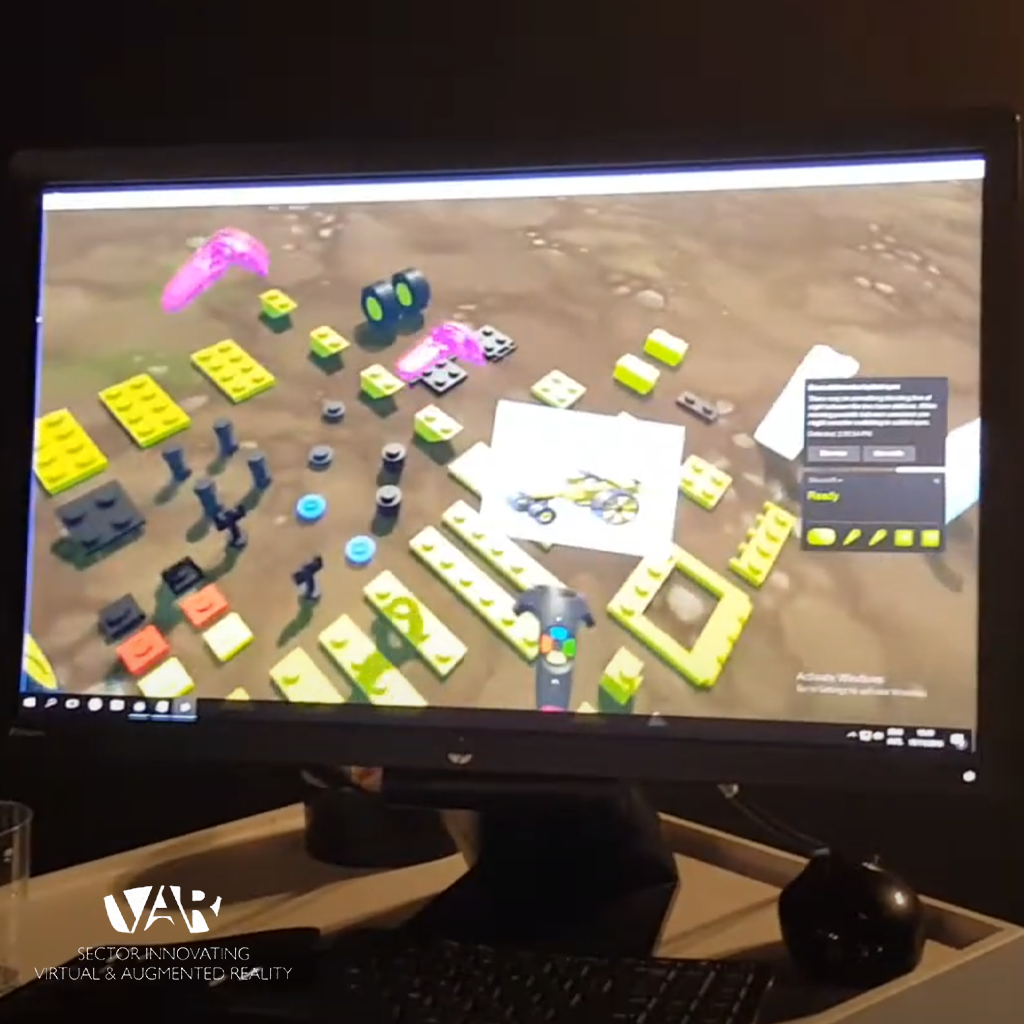
With this concept we want to demonstrate the added value of collaborative training. Again using the Unity game engine, we can have two players, regardless of their physical location, working together in one virtual world. For the prototype, it was decided to let the users assemble a LEGO car together on the basis of a step-by-step plan and productivity tools. Within a professional context, remote training could be provided via this method, independent of the physical location of the users.
Model Based Tracking as communication tool
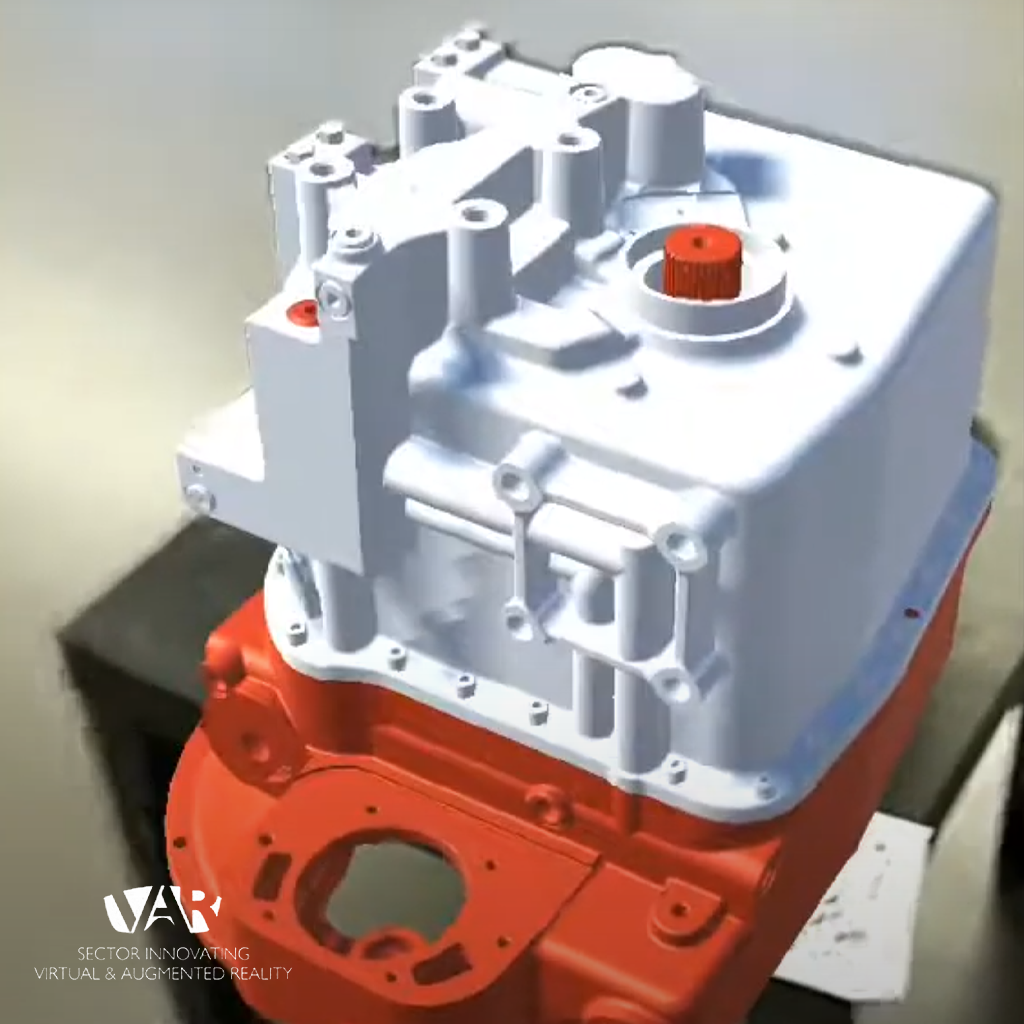
For this prototype, the model-based tracking technology was used to demonstrate the usefulness of the application as a communication tool within a production environment. As a replacement for written tree structure lists, various departments, such as quality check and repair, can display shortcomings on unique assembly pieces in a very visual way. In this way, operators can proceed to repair much faster instead of going over the quality check list manually and having to track down the errors.
Augmented Reality Model Based Tracking

Model-based tracking makes it possible to project augmented reality onto physical objects without the need for trackers or QR codes. This brings the great advantage that the space or physical objects do not have to be adjusted in order to project AR, but also that we can accurately pin the digital information to the physical elements. This prototype shows the potential of model-based tracking in the context of virtual training on physical parts. The user is guided step by step in the real life scenario about the correct assembly steps.
Virtual training: 360° video versus interactive VR
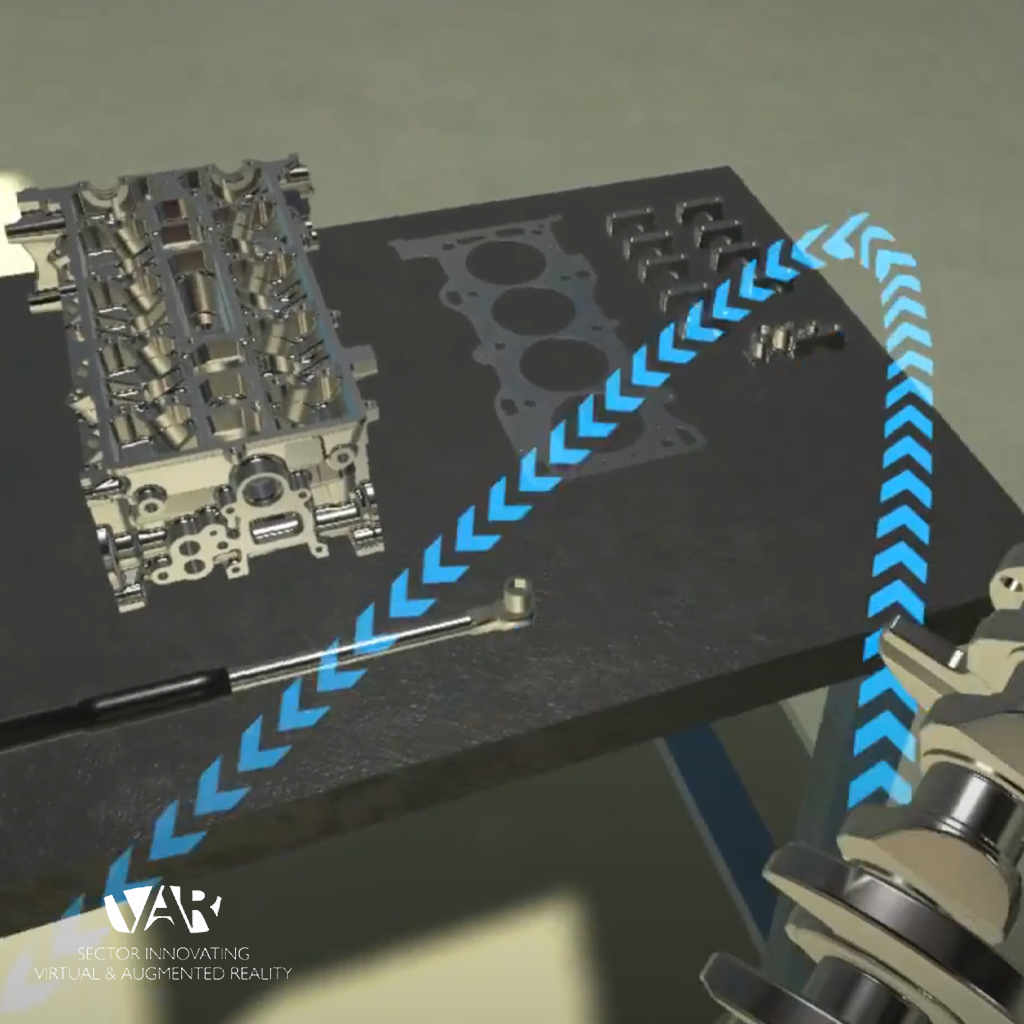
In addition to the developments that are happening in the field of interactive virtual reality, it is also possible to capture an environment using 360° photo and video. In both cases, the user can view the virtual environment using a virtual reality headset. In collaboration with Thomas More and their parallel TETRA project on 360° video, two prototypes were developed where the user can digitally follow the assembly of an engine block. In the first prototype, the user can follow the assembly using a 360° video, in the second, the user can perform the assembly virtually himself in an interactive virtual reality training environment. The intention is to test these two prototypes and compare both methodologies within the new joint TETRA project on ‘Immersive Training’, which will start from September 2018.
Augmented Reality “program by example”
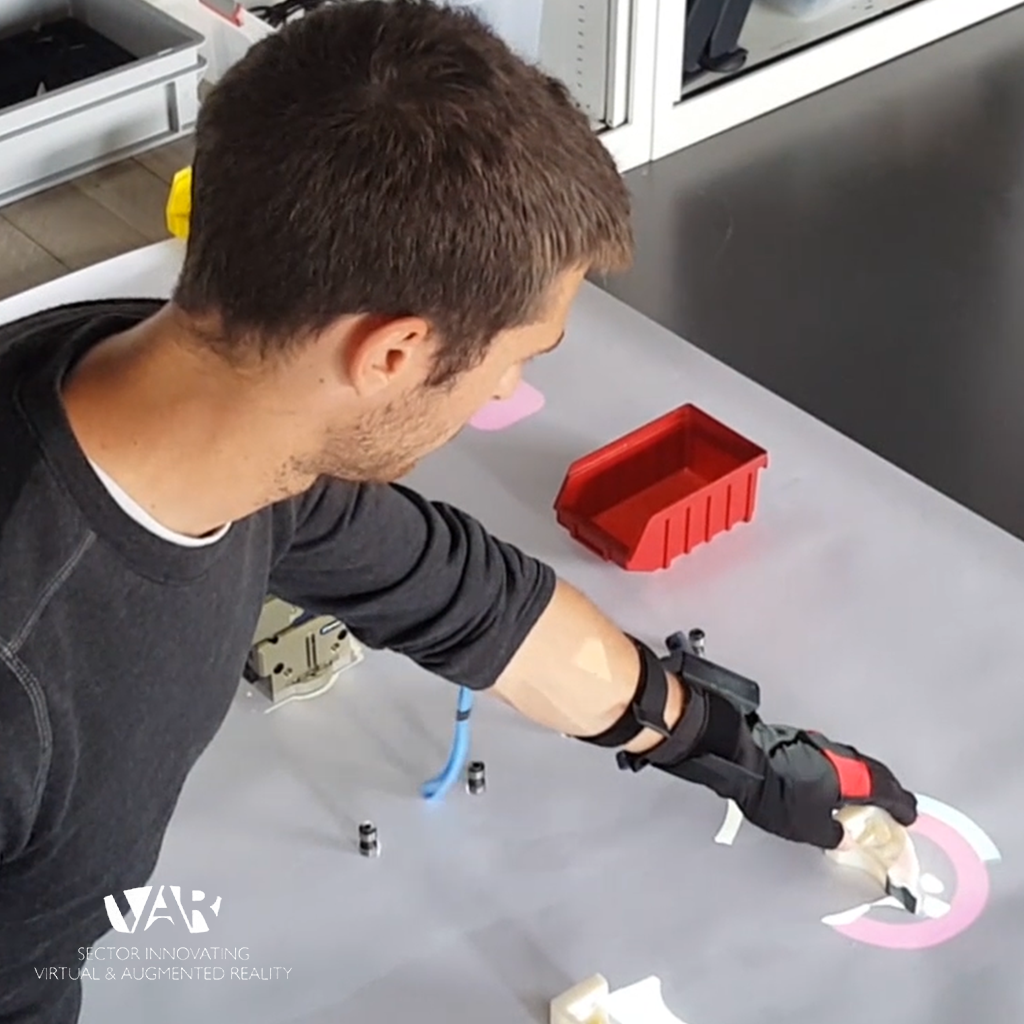
Using projection and a digital replica of the physical parts (digital twin), an operator can be guided hands-free in an assembly. The innovative approach of this method is the way in which the projected procedures are captured. They are generated dynamically by first performing the assembly yourself within a teaching mode – program by example. Each step in this proof-of-concept is linked to CAD matching and/or image processing integration to guarantee that the individual parts are also correctly oriented during assembly.
Virtual link: watch cross-platform in VR
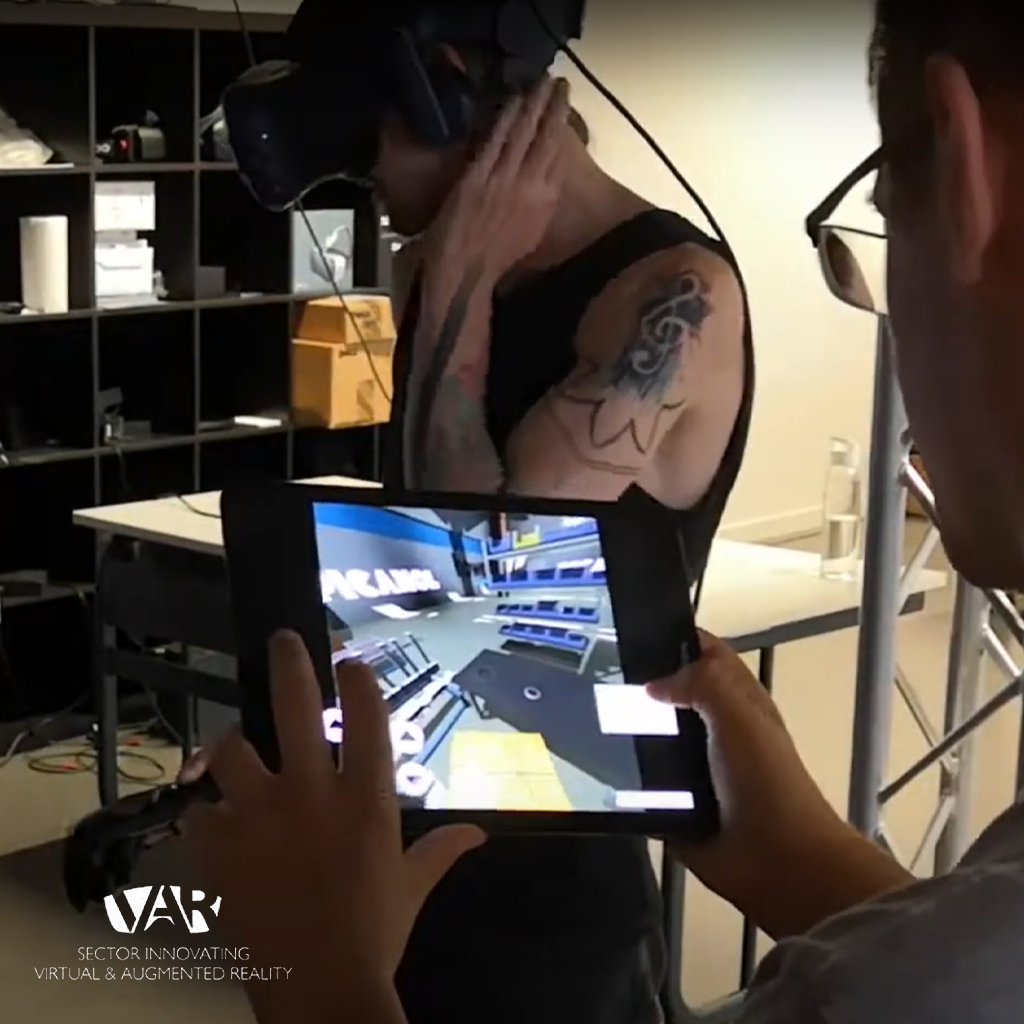
We developed a collaborative platform with the Unity game engine with which a supervisor can support the person wearing a virtual reality headset with his tablet or smartphone. We have the option to watch from a first person perspective or to choose a position in the virtual space. This prototype shows how we can easily interact with multiple users within an isolated experience such as virtual reality, even without having to wear a headset.
Augmented Reality indoor wayfinding
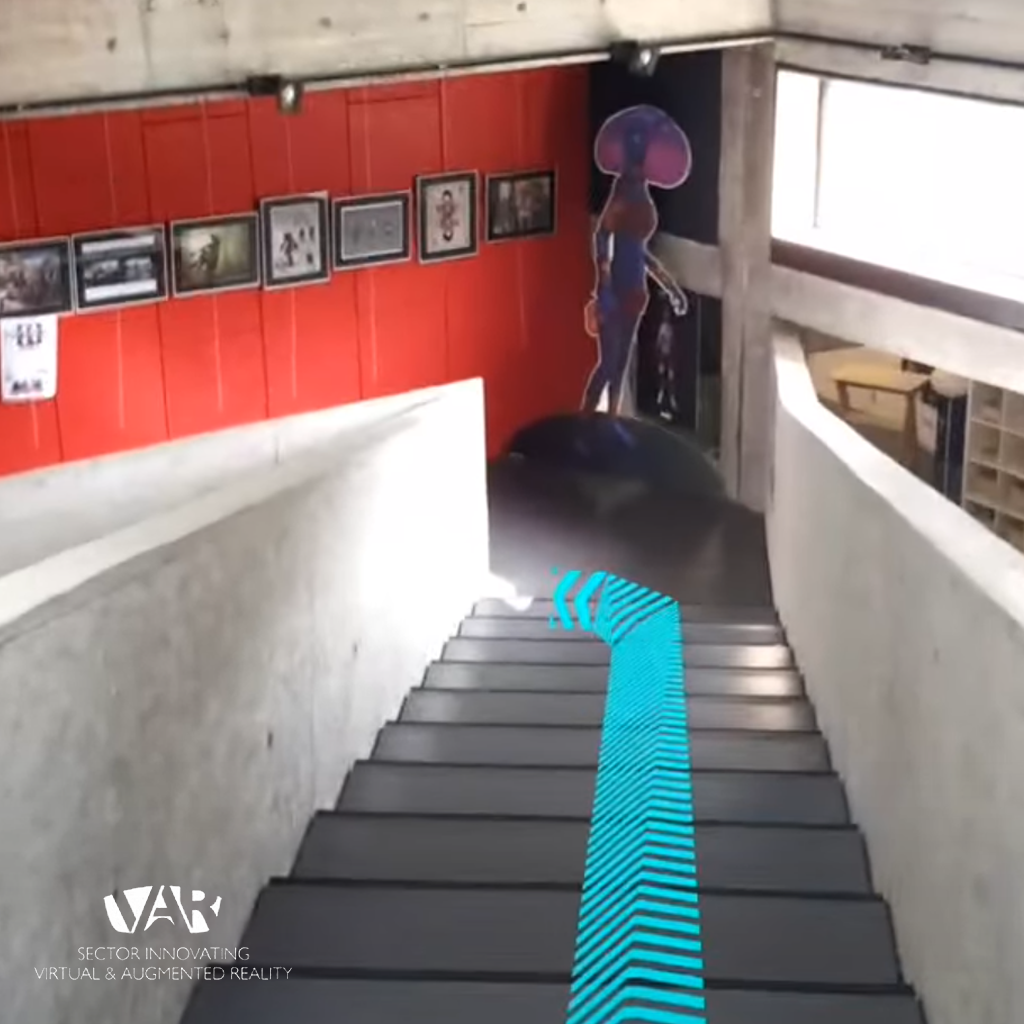
In indoor wayfinding, the lack of a GPS signal and/or usable WiFi signals presents a challenge to help someone navigate from point A to point B without using extra hardware such as beacons. Commercial hardware such as the Samsung S8 was used for this, combined with the ARcore framework, with which a prototype was developed that makes indoor wayfinding possible. The user can select his target location from a central point, after which he is guided visually step by step.
Virtual Reality Training: Picanol Case
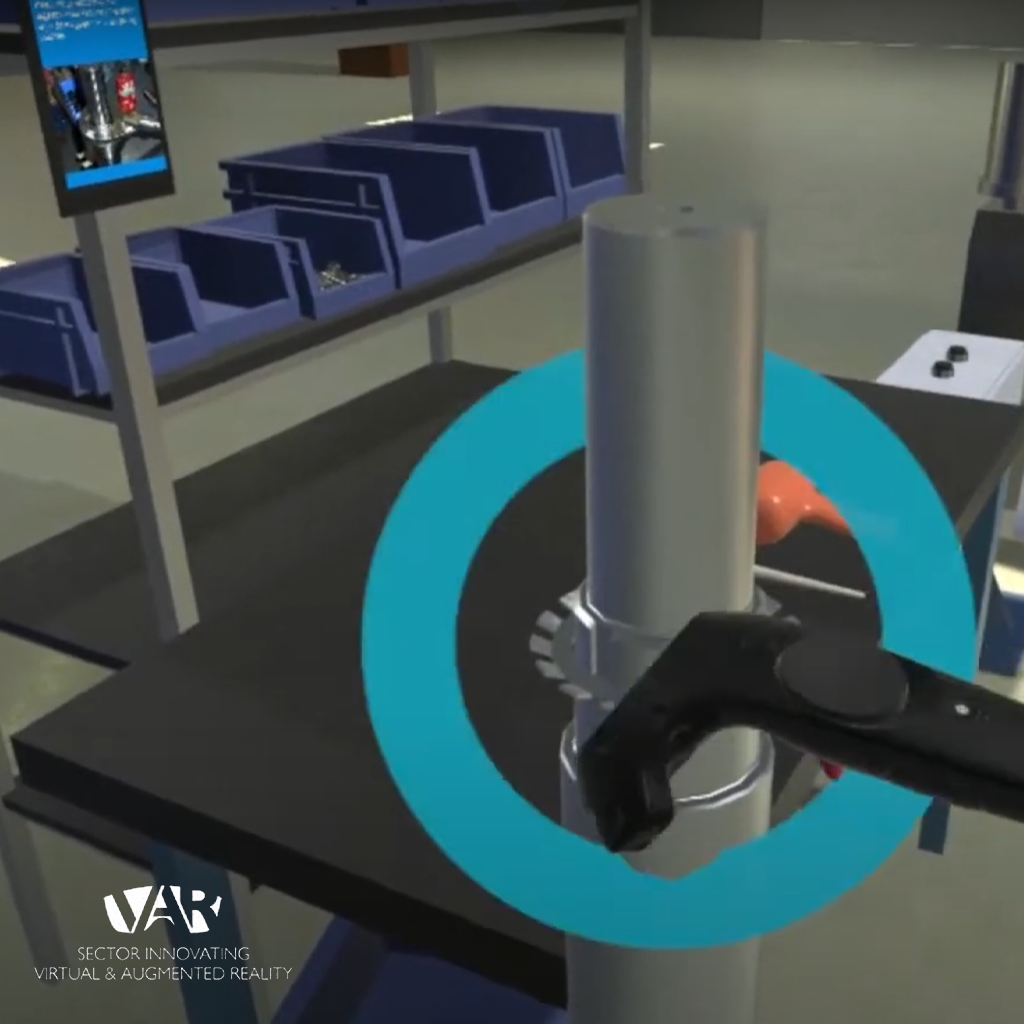
Together with Dana, Picanol, CNH industrial, Barco and Cronos aan de Leie, game technology was brought in to investigate a new form of training. A combination of a scanned working environment, cad models and an interactive game engine made it possible to prototype a Virtual Reality Training framework. Employees can learn to assemble virtually using a ‘digital twin’ of the production line. Here you can see a video of the VR training framework in action based on a part of a loom at Picanol.
Virtual Reality Training: Dana Case
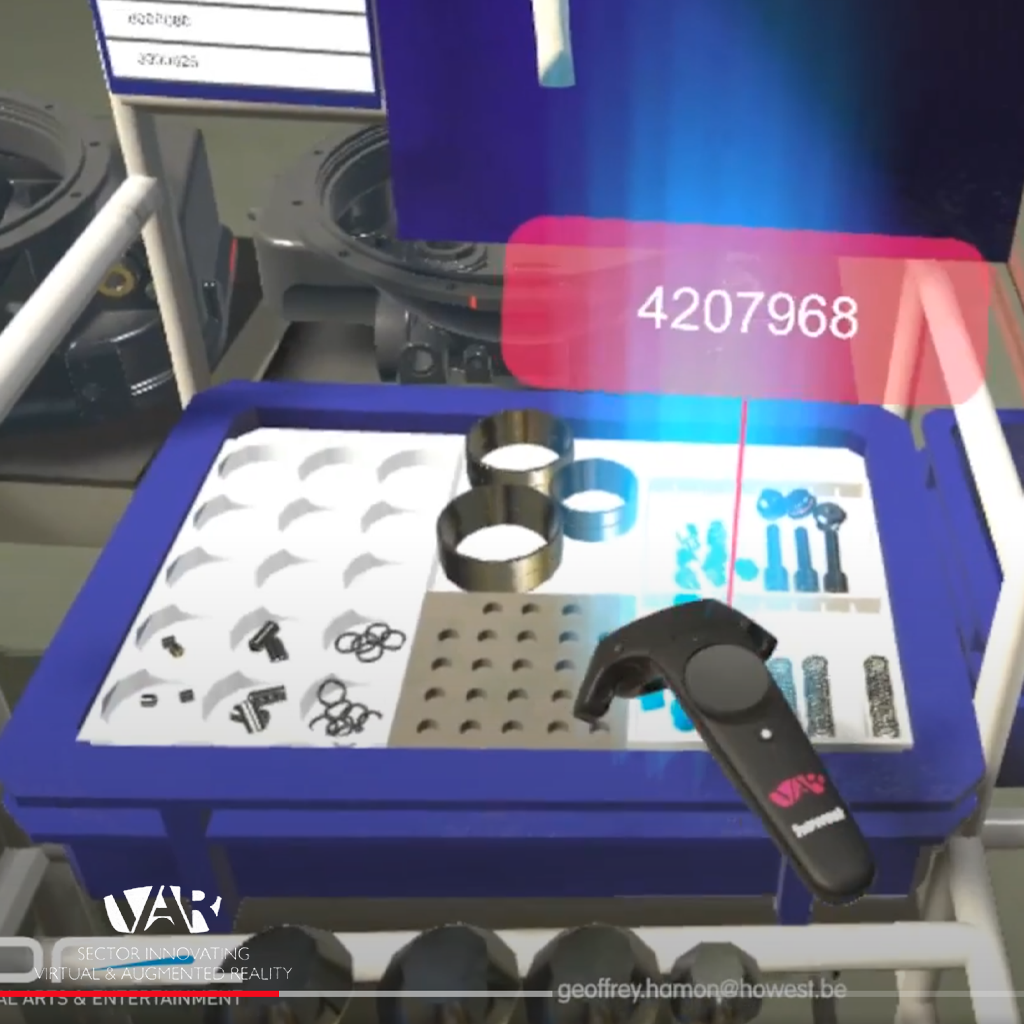
Together with Dana, Picanol, CNH industrial, Barco and Cronos aan de Leie, game technology was brought in to investigate a new form of training. A combination of a scanned working environment, supplied cad models and an interactive game engine made it possible to prototype a virtual reality training framework. Employees can learn how to assemble virtually using a digital twin of the production line.
Good Governance and Law in Sport
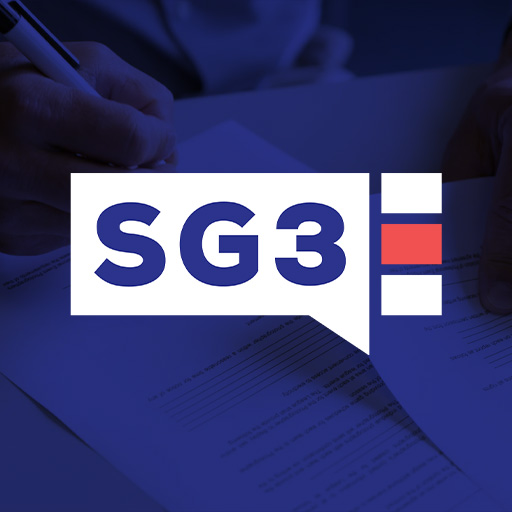
The business of sport is always evolving, confronting sports organisations with new challenges every day. To cope with these challenges, further development of the roles of sport managers is greatly needed. To meet this need, LUNEX is actively working on ongoing research projects in the field of sport, which includes a significant European project: Sport Good Governance Game (SG3). Supported by the UNESCO Chair, the Good Governance and Law in Sport Conference helps different sports organisations and governmental agencies, by providing clarity on sports governance and the legal environment in both Luxembourg and Europe.
AI in Production
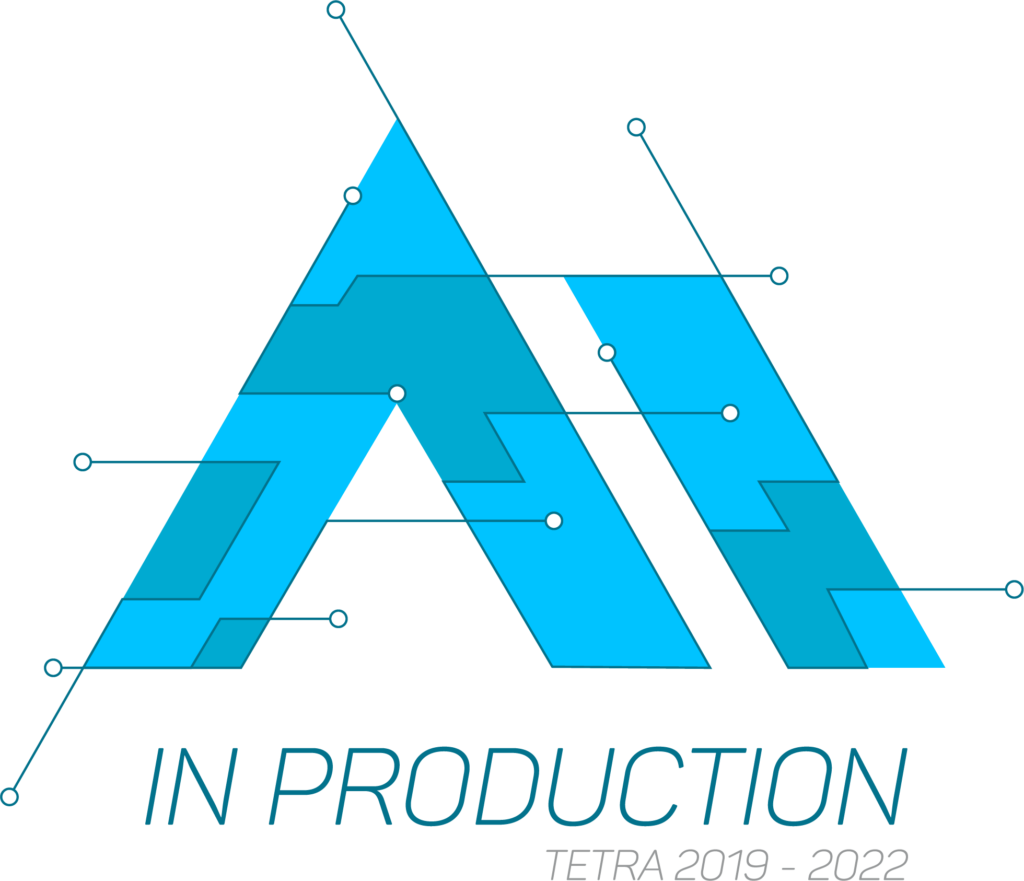
Artificial Intelligence (AI) is a buzzword that has become hard to ignore lately. Despite much attention to the subject at conferences and in the media, it can remain vague what the realistic possibilities are today. In recent years, we have had AI breakthroughs in the field of self-driving cars, voice technology and playing various games. However, a clear picture of how this game, VFX and animation can improve production pipelines is still lacking.
Scan4Stories
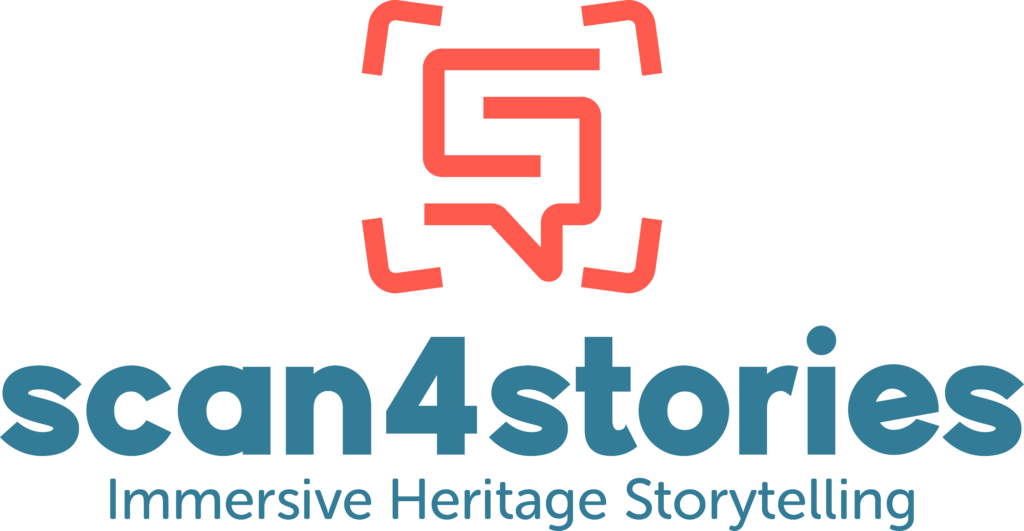
Today’s heritage visitor is looking for unique experiences. To shape these experiences, strong stories and technological innovation are essential. However, there is no clear frame of reference for how to successfully combine both elements. Scan4Stories tries to provide an answer to this challenge. Scan4Stories is a TETRA project in which HOWEST’s Tourism and Recreation Management and Digital Arts & Entertainment programs collaborate. The project builds knowledge about Storytelling and explores the technical possibilities of Immersive technologies such as Augmented, Virtual and Mixed Reality.
Cultureel erfgoed analyseren met AI
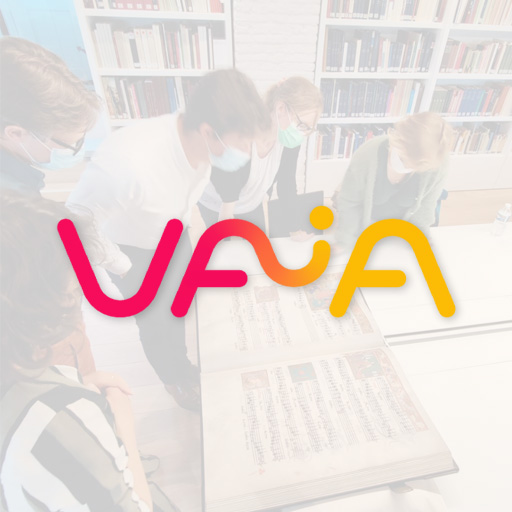
During this study day for specialists in cultural heritage, several experts explain how they apply artificial intelligence to analyze cultural heritage and make it accessible. What is possible today, and what does the future hold? Are there dangers? Moderator Bart Magnus from Meemoo will lead the dialogue.
PROCEDURAL 3D Closing Event
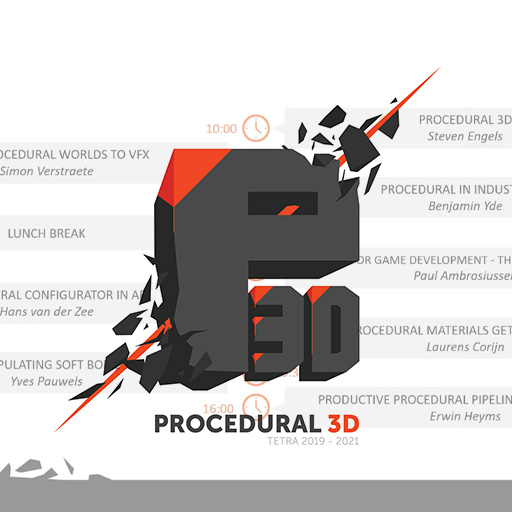
Houdini HIVE Education/Studio edition
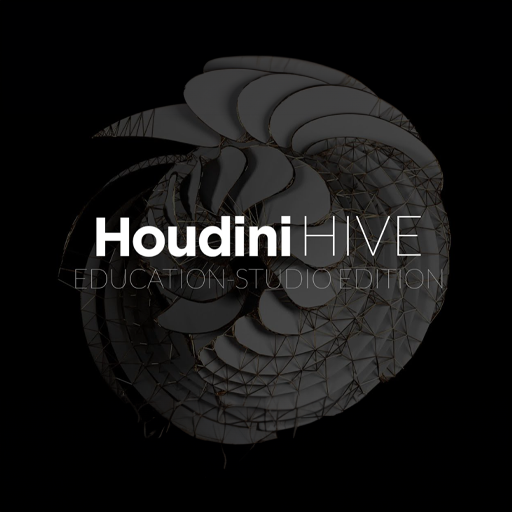
Join us at the Houdini HIVE: Education/Studio Edition to hear from leaders at the top schools, who are creating programs to foster high quality, hireable talent – and hear from the studios on what they’re looking for when hiring.
The Houdini Education Program is thrilled to support these discussions and the strengthening of relationships between academia and industry.
Code synthesis with LLM
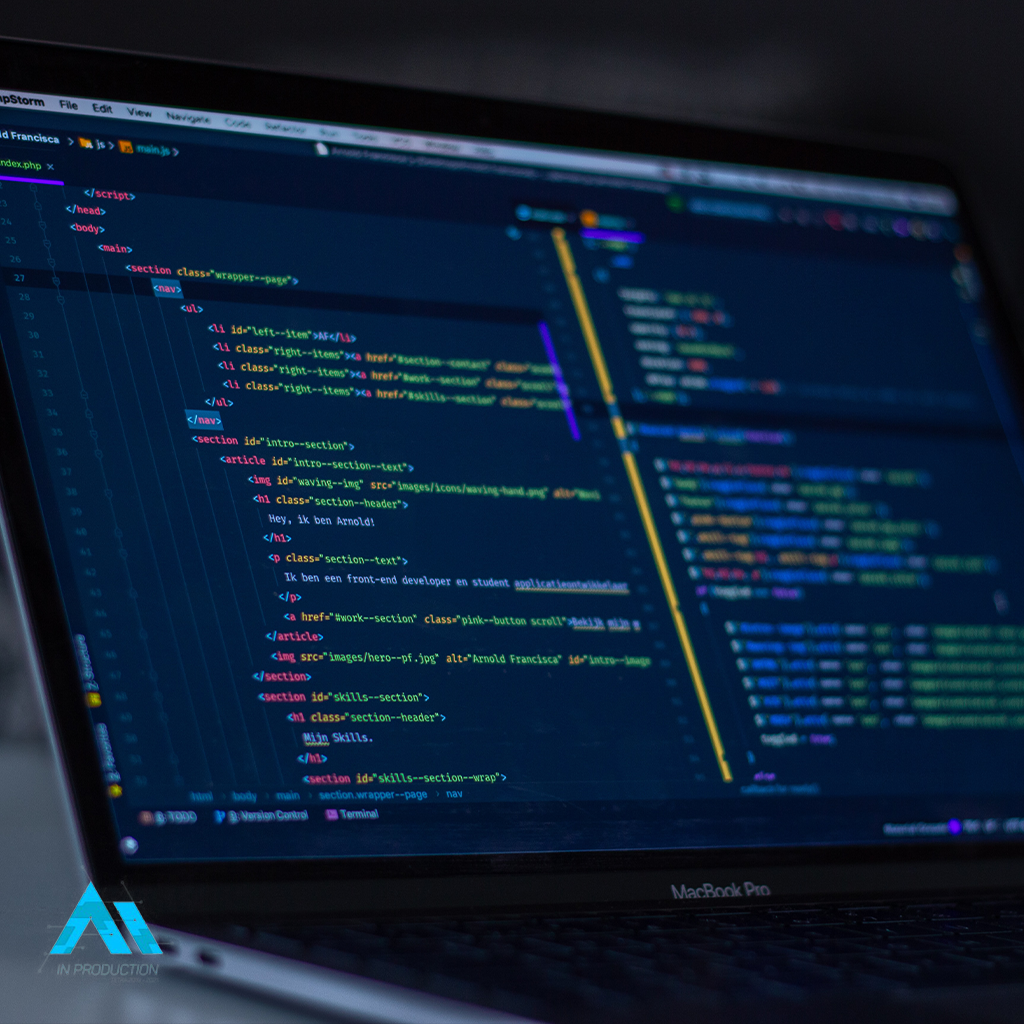
Good news for people without programming experience. You can now put together a game without even typing a letter code. We can now indeed automatically generate code with language models. This is done using simple commands, or the model simply supplements existing code. And for beginners: a language model can check your code for syntax errors and also optimize them automatically. Even for more experienced programmers, there is sometimes still rehearsal or research work. Especially when juggling between different languages. In this blog post we see how programming is now easier than ever before.


